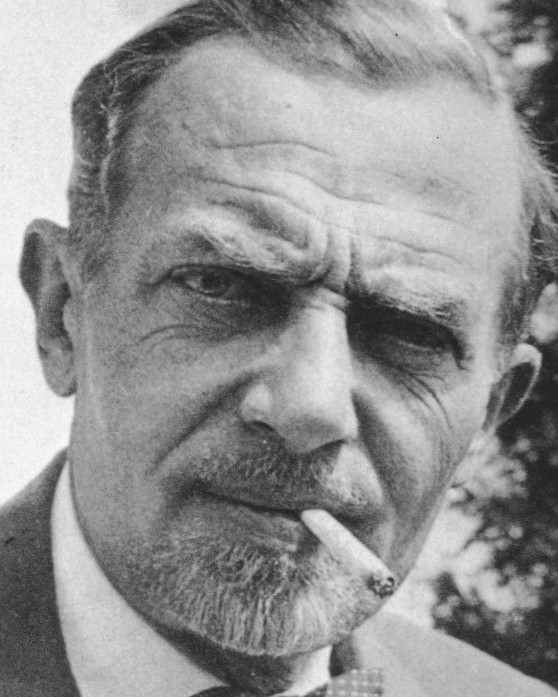Béla CZOBEL
January 2, 2019Eugène EBICHE
January 2, 2019François Zdenek EBERL
PRAGUE (BOHEMIA) 1887 – PARIS 1962
François Zdenek Eberl studied at the School of Fine Arts in his hometown in 1905 for two years, before traveling to Stockholm, Munich, and Amsterdam. He arrived in Paris in 1912 and settled in Montparnasse. In 1913, he started to exhibit at the Parisian salons. Following the outbreak of World War I, he enlisted in the French army. Back in Paris in 1919, he met Francis Carco, Roland Dorgeles, and Pierre Mac Orlan in Montparnasse. They supported his painting and he produced a number of illustrations for them. Eberl was inspired by Parisian folklore. His favorite themes were street scenes, nightclubs, the life of the “poor men in Paris” and, in particular, portraits of women, which Arsene Alexandre called “Jocondes du trottoir” (Mona Lisas on the game).
In 1927, Eberl organized an exhibition in Stockholm called “French Art.” From 1930, he spent his time between his studio in Montmartre and his studio in Monaco on Chemin de la Turbie. He participated in the Principality’s artistic life, and was subsequently appointed general commissioner at the exhibition “Ecole de Paris” (School of Paris) in 1938. In 1939, Eberl exhibited the anti-Nazi painting Kultur- Kampf at the Salon d’Automne. He took refuge in Monaco in 1939 and was actively involved in the Resistance. After the Liberation, Eberl returned to Paris. He was awarded the Populist Prize in 1954. He died in October 1962 in his studio in Paris.
Stories of Jewish Artists of the School of Paris 1905-1939
FRENCH-ENGLISH
Capitale des arts, le Paris des années 1905-1939 attire les artistes du monde entier. De cette période de foisonnement, un terme est resté, celui d'Ecole de Paris, qui recouvre une grande diversité d'expression artistique. Dans ce brassage dont Montparnasse est le creuset, un groupe se distingue : celui des artistes juifs venus de Russie, de Pologne et d'Europe centrale. Si leurs styles sont variés, un destin commun les rassemble : ils fuient l'antisémitisme de leur pays d'origine. Certains ont connu la célébrité dès les années 1920, tels Soutine, Lipchitz ou Chagall. D'autres n'ont pas eu le temps ou la chance d'y accéder. Près de la moitié a péri dans les camps de concentration nazis.
From 1905 to 1939, Paris attracted artists from all over the globe as the capital of the art world. This period of artistic proliferation became known as the School of Paris, and includes a great diversity of artistic expression. Within the teeming art world centred on Montparnasse, one group set itself apart: Jewish artists from Russia, Poland, and Central Europe. Although their styles were diverse, they shared the common fate of fleeing anti-Semitic persecutions in their home countries. Some became famous in the 1920s, such as Soutine, Lipchitz, and Chagall, while others did not have the time or the luck to gain renown. Nearly half of these artists died in Nazi concentration camps.





